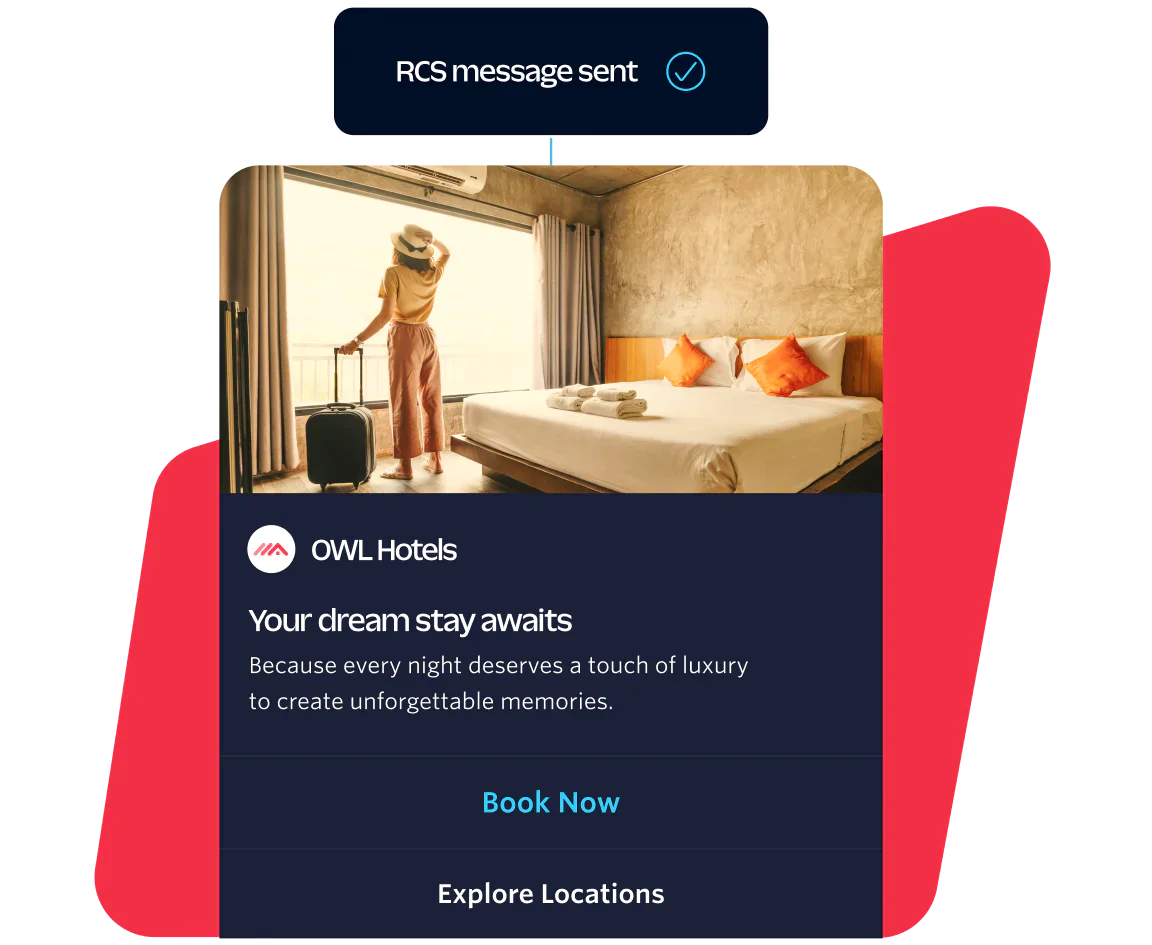More than budget: How businesses are investing for the future
Businesses aren’t just buying tools, they’re building outcomes. Instead of spending more, they’re spending smarter, prioritizing efficiency and customer experience to stay ahead.
While 96% of businesses claim to have the right tools and technologies to understand their customers, challenges remain. Nearly half (44%) say they still struggle to connect customer data across channels, sources, and platforms, while 30% cite outdated or insufficient technology as a major roadblock to gaining deeper customer insights.
As businesses fine-tune their tech investments to address these gaps, the real challenge is not simply adopting new tools, but ensuring they drive innovation without adding complexity. Striking that balance will be the key to distinguishing the top leaders of 2025.
Businesses on the current size of their tech stack










